Welcome to the fascinating world of decorative edge stitches! If you’re like me, you find joy in sewing and the endless possibilities it brings to your creative projects. Decorative edge stitches not only enhance the aesthetics of your sewing creations but also add a professional touch that can set your work apart. In this article, we’ll explore various types of decorative edge stitches, their applications, and tips to help you incorporate them into your projects effectively.
What Are Decorative Edge Stitches?
Decorative edge stitches are specially designed stitching techniques used to embellish the edges of fabrics. Commonly found in quilting, garment construction, and home décor, these stitches add personality and flair to your projects. They can be used to finish raw edges, create borders, or simply add decorative elements.
The Importance of Decorative Edge Stitches
Using decorative edge stitches not only enhances the visual appeal of your work but also serves practical purposes. Here’s why they are essential:
- Prevention of Fraying: Many decorative stitches can help prevent fabric edges from fraying, thereby increasing the longevity of your projects.
- Aesthetic Appeal: They provide a unique touch that can make even the simplest projects look professionally made.
- Versatility: These stitches can be used on a variety of fabrics and serve different purposes depending on the design.
Types of Decorative Edge Stitches
There are numerous types of decorative edge stitches to choose from. Below, I’ve categorized them into three main groups: traditional stitches, specialty stitches, and machine embroidery stitches.
1. Traditional Stitches
| Stitch Type | Description | Common Uses |
|---|---|---|
| Satin Stitch | A tight zigzag stitch that fills a shape with satin-like coverage. | Embellishing edges of appliqués and decorative motifs. |
| Overcast Stitch | Stitching that wraps around the fabric edge to secure and finish it. | Finishing seams and raw edges. |
| Bias Tape Stitch | Attaching bias tape to edges with a decorative stitch. | Creating a colored border on garments. |
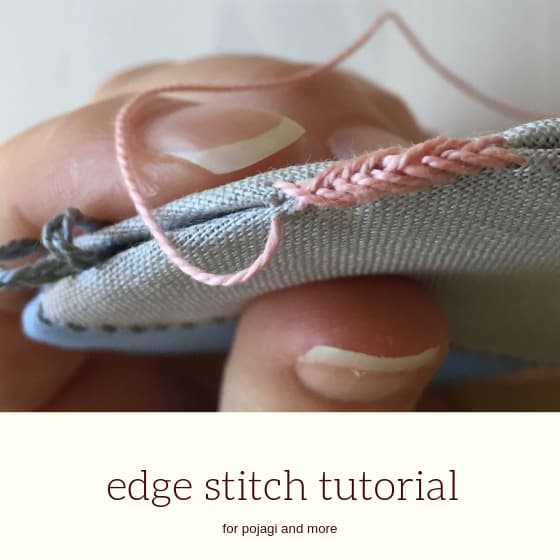
2. Specialty Stitches
| Stitch Type | Description | Common Uses |
|---|---|---|
| Picot Stitch | A decorative stitch featuring a series of small loops or scallops. | Decorating hems, edges, or seams. |
| Lettuce Edge Stitch | An elastic stitch that creates a ruffled edge. | Finishing knit and stretchy fabrics. |
| Forked Stitch | A stitch that resembles a forked line, creating texture. | Adds detail to seams and trims. |
3. Machine Embroidery Stitches
| Stitch Type | Description | Common Uses |
|---|---|---|
| Decorative Machine Stitches | Designed specifically for embellishing fabric edges using sewing machine functions. | Enhancing garments, quilts, and home textiles. |
| Appliqué Stitch | Stitch used to attach one piece of fabric to another for decoration. | Creating layered designs on clothing or crafts. |
| Free-Motion Quilting | A free-form stitching technique that allows for intricate designs. | Adding texture and design to quilts. |
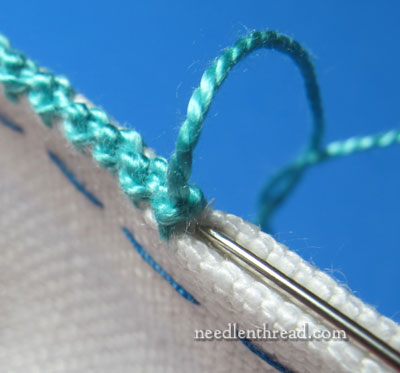
How to Choose the Right Decorative Edge Stitch
Choosing the right decorative edge stitch can seem daunting, especially for beginners. Here’s a simple guide to help you make the right choice:
Consider the Fabric
Different fabrics react differently to stitching. Lightweight fabrics may require a more delicate stitch, while heavier fabrics can handle more robust styles.
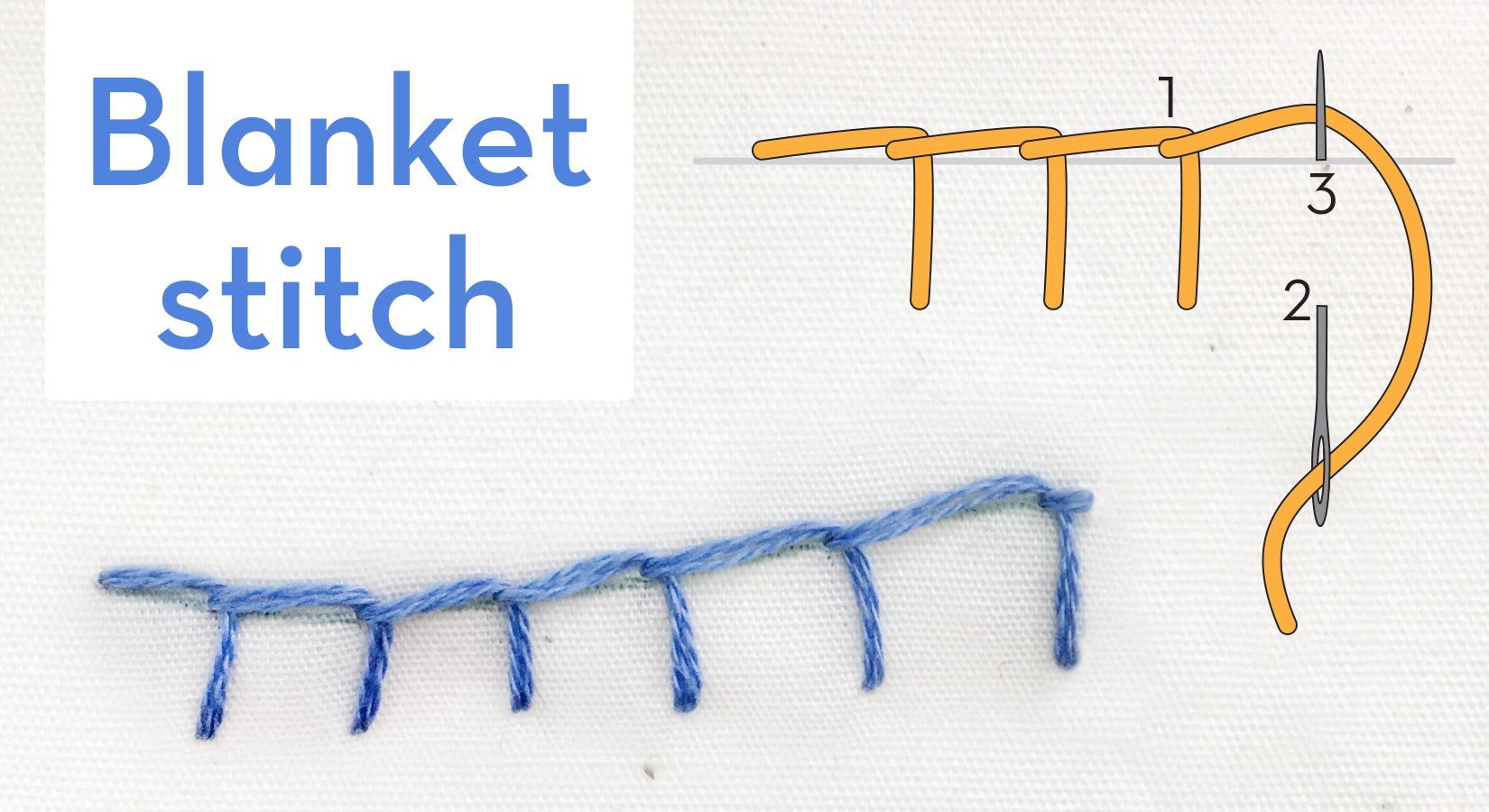
Think About the Project
The purpose of your project will dictate your choice. For instance, a quilt might benefit from a satin stitch, while a garment might look stunning with a bias tape stitch.
Experiment with Samples
Before committing to a stitch on your main project, always try it out on scrap fabric. This will give you a sense of how the stitch looks and behaves.

Tools and Techniques for Decorative Edge Stitching
Now that you know the types of decorative edge stitches available, let’s dive into the tools and techniques you’ll need to implement them successfully.
Essential Tools
- Sewing Machine: A machine with decorative stitches built-in will provide the best results. Check your owner’s manual for specific settings.
- Needles: Use appropriate needles (such as ballpoint for knits or sharp for woven fabrics) to prevent damage to the fabric.
- Thread: Choosing the right type of thread (cotton, polyester, or specialty threads) can enhance the look of your stitches.

Techniques for Success
- Stitching Direction: Pay attention to the direction of your stitches for aesthetic consistency.
- Stitch Density: Adjust stitch density settings based on your fabric type for optimal results.
- Pressure Foot: Use the appropriate pressure foot for the stitch type to ensure proper feeding of the fabric.
Pros and Cons of Decorative Edge Stitches
Pros
- Enhances the appearance of projects.
- Offers a wide variety of finishes and decorative options.
- Can be a fun way to express creativity through your sewing.
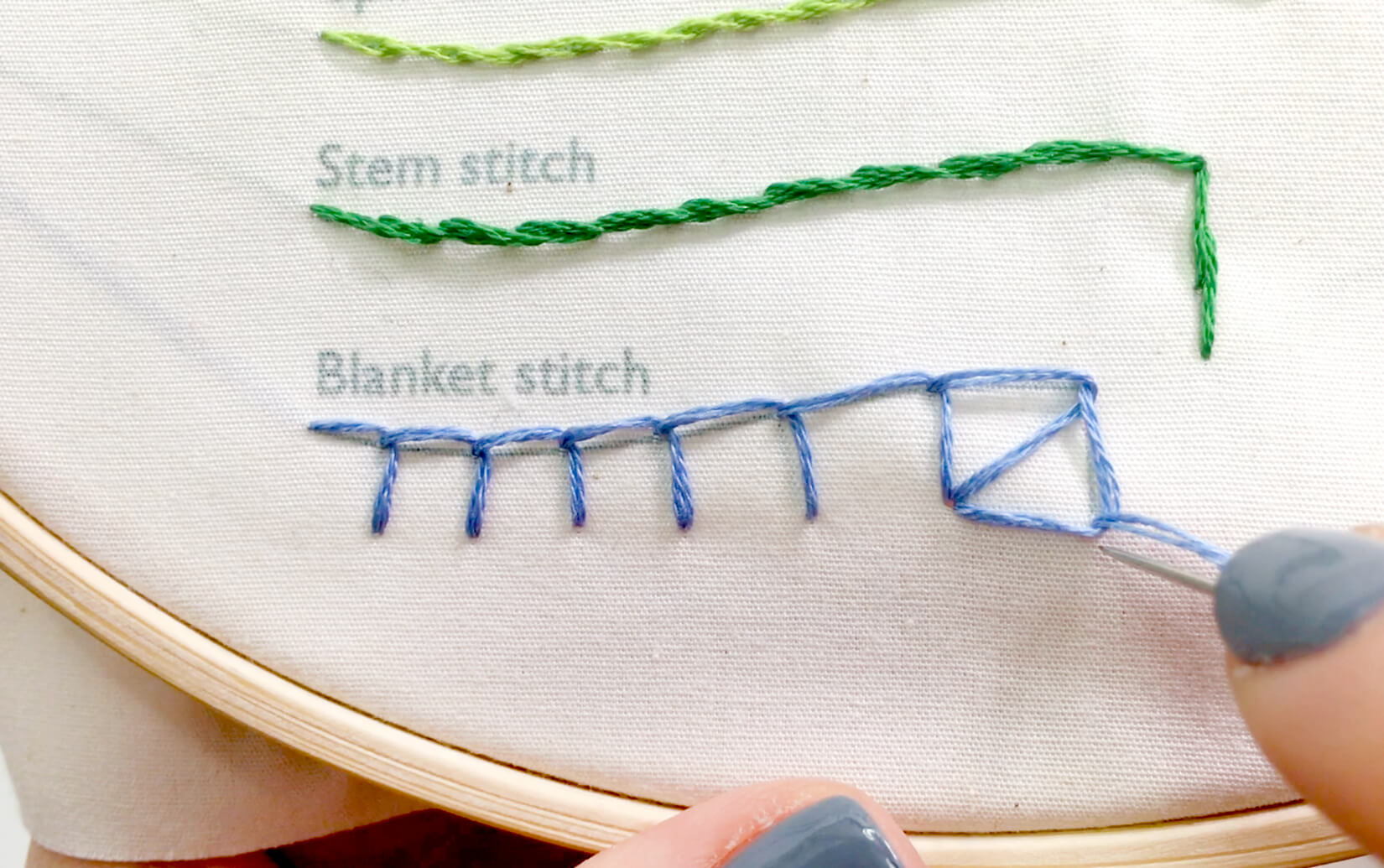
Cons
- Can be time-consuming if done by hand.
- Requires practice to master specific techniques.
- Some stitches may increase bulk at seams.
Creative Applications of Decorative Edge Stitches
Decorative edge stitches can be used in a myriad of ways. Here are some creative applications:
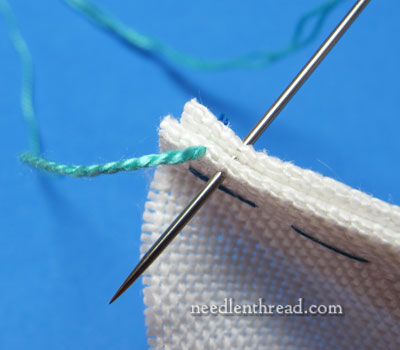
Quilting
In quilting, decorative edge stitches can add dimension and interest. Using a contrasting thread color can help to highlight specific areas.
Garment Making
Adding decorative edge stitches to hems or seams of garments can turn a standard piece into something spectacular. Consider using a contrasting or metallic thread for extra flair!
Home Décor
In home sewing projects, decorative edge stitches can be used on curtains, pillowcases, and table runners to create a warm and inviting atmosphere.
FAQs About Decorative Edge Stitches
1. What is the difference between a regular stitch and a decorative edge stitch?
Regular stitches are primarily functional, whereas decorative edge stitches are designed to enhance the appearance of a project while providing functionality.
2. Can I use decorative edge stitches on all types of fabrics?
While many decorative edge stitches can be used on various fabrics, it’s essential to choose the right stitch type for the specific fabric to achieve the best results.
3. Do I need a special sewing machine to create decorative edge stitches?
While many basic machines offer a few decorative stitches, more advanced machines have a wider variety. You don’t need a fancy machine, but having options can enhance your creativity.
4. How can I practice decorative edge stitches effectively?
Start by practicing on scrap fabric. Try different stitches and settings until you feel comfortable. Consider joining sewing groups or online communities for tips and advice.
5. Are there any resources for learning more about decorative edge stitches?
There are many online tutorials, books, and local sewing classes available. Websites like YouTube also provide visual guidance on specific stitches and techniques.
Conclusion: Unleashing Your Creativity with Decorative Edge Stitches
Incorporating decorative edge stitches into your sewing projects is a fantastic way to express your creativity and add a personal touch. With a little practice and the right tools, you can transform ordinary items into extraordinary works of art. So grab your machine, choose a stitch, and start experimenting! Remember, the journey of sewing is all about discovery and enjoyment—happy stitching!